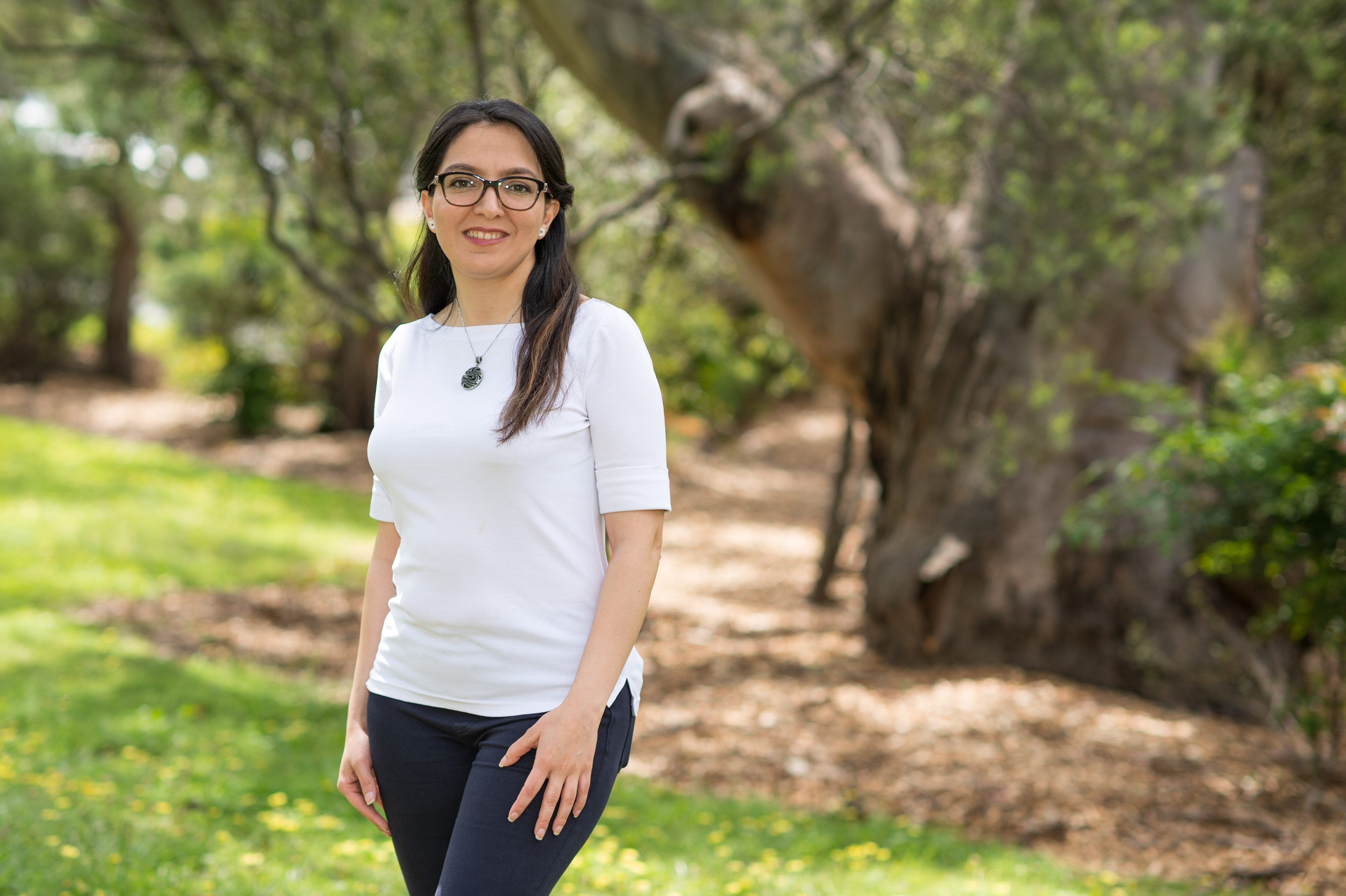From Iran’s farmlands to Australia's irrigation automation: Dr. Fateme Zare's journey

Growing up in an agricultural region of Iran, Dr Fateme Zare understood the importance of water management from an early age.
“My family were originally farmers,” said Fateme. “I grew up around fields and farms and irrigation systems. I saw firsthand how drought can affect our life.
Agriculture was the source of income for our city and in the years of drought you could see the impacts. Even as a child, I sensed the gravity of water scarcity on our community.”
It was this understanding that pushed her towards a career in water resource management. After completing her undergraduate studies in water engineering, Fateme shifted her focus towards water resource management and systems thinking.
Now calling Australia home, Fateme works as a researcher at the ANU Institute for Water Futures.
“I work on understanding the interaction between society and the environment. I use modelling to simulate these interactions and anticipate the outcomes.
Now days my focus is on how to make the technology and models we develop easier to be adopted and applied by users.”
Fateme works with a team of researchers on the Water Infrastructure Critical Component Anomaly Detection & Health Prediction Prototype project, a collaboration between ANU, University of Melbourne, Murrumbidgee Irrigation and Coleambally Irrigation, within the One Basin CRC.
She and the team focus on the Murrumbidgee and Coleambally region and it’s vast, automated irrigation system. The automated system does sometimes present errors or anomalies, and the team work on algorithms and models to detect which errors require attention. Fateme works in the area of workforce assessment and adoption pathways.
“My job is to find out how our suggestions will affect people working within the system, and how we should consider them in the design so that they can easily adopt these tools and put them in practice.”
“Often researchers come up with ideas and tools which are great on paper, but in real life are not able to be used properly or used continuously.”
“It’s not enough to just create the tools, we must consider the real people who will use them.”
